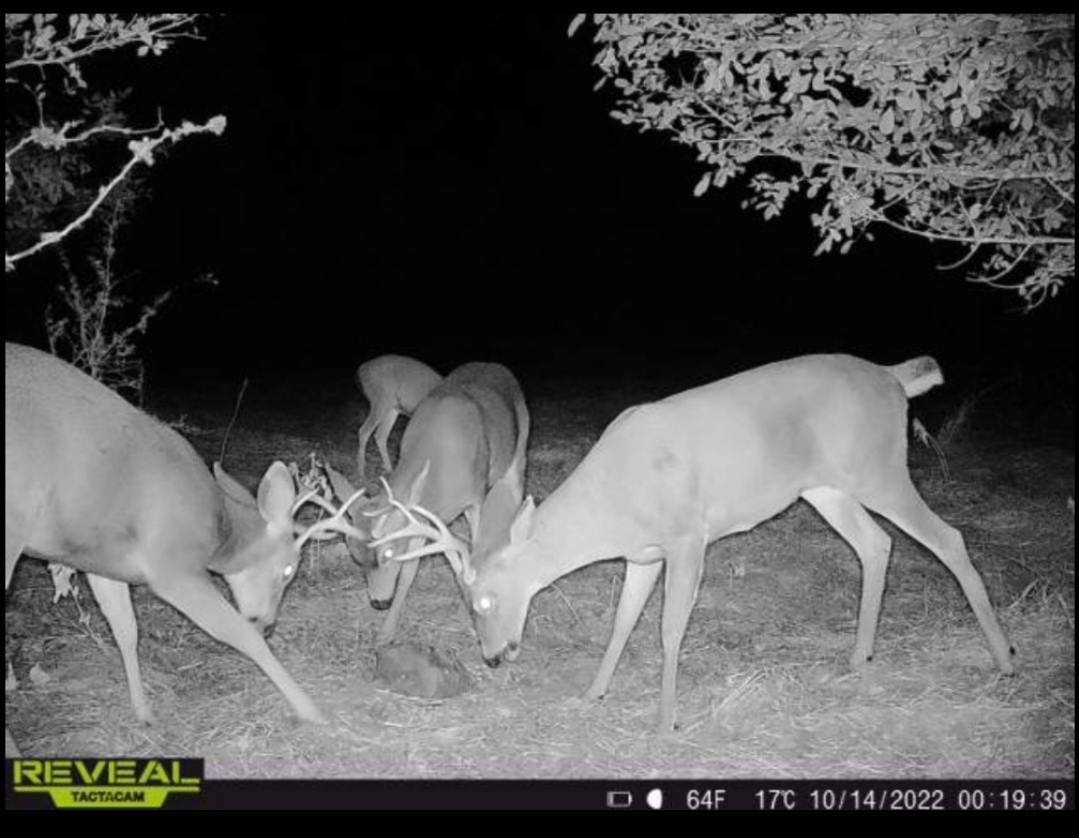Could be true. But I do temper my opinion on the impacts of wolves on CO moose with recognizing that wolves are native to Colorado, moose are not. Moose did not occur in CO until the 1970s transplants, other than the rare wanderer in NW CO that came from UT or WY.
I'm a lifelong hunter from generations of hunters across the West, East, and elsewhere. My opinion on wolf expansion and reintroduction has flipped completely since the 1990s. The same cries and extreme warnings rampant in this thread have been raised for decades, but honestly, I just haven't seen where wolves are the culprit they are claimed to be by many of the folks that like to identify hunters as the forefront of wildlife conservation. Look at overall elk populations state by state from the 1950s to present and compare that with when wolves became reestablished in each of those areas. Elk are doing fine (Oregon in particular is fun to see the ~10% increase in elk since the first wolves were documented there). Moose, bighorns, and mule deer are struggling similar across the board, whether or not wolves are present. The wolves aren't the drivers of those declines.
And if you removed the wolves, the distribution between other species would change but the actual percentage of young of the year dying from predation remains roughly the same. Non additive mortality. Most moose calves die in their first year of life, regardless of which predators are on the landscape. The calf doesn't really care if it ends up in the belly of the wolf or the bear, it's dead just the same.
I don't like ballot box biology one bit, but that isn't a reason to rely on the various SSS mentality emotional arguments against wolves on the landscape.




